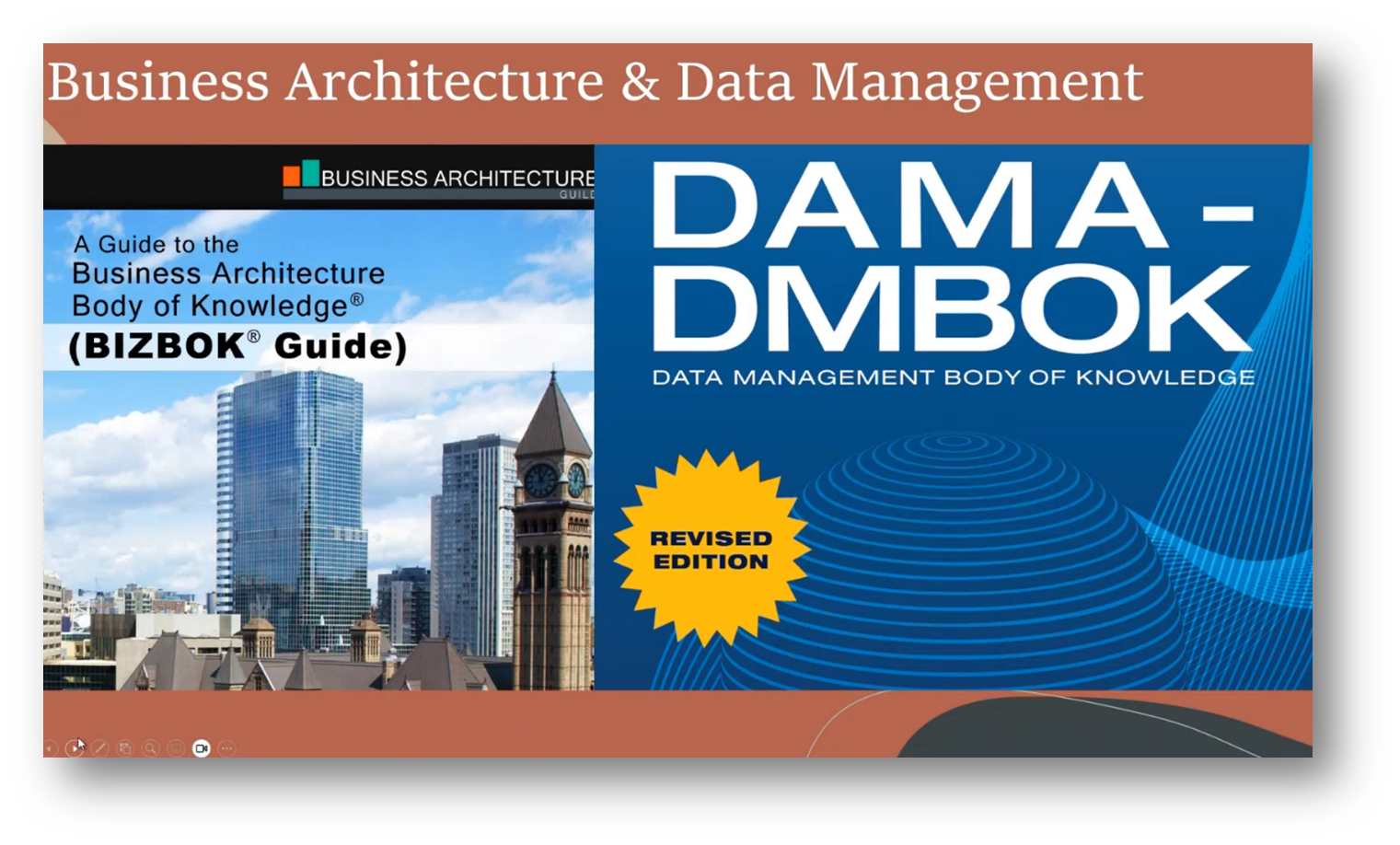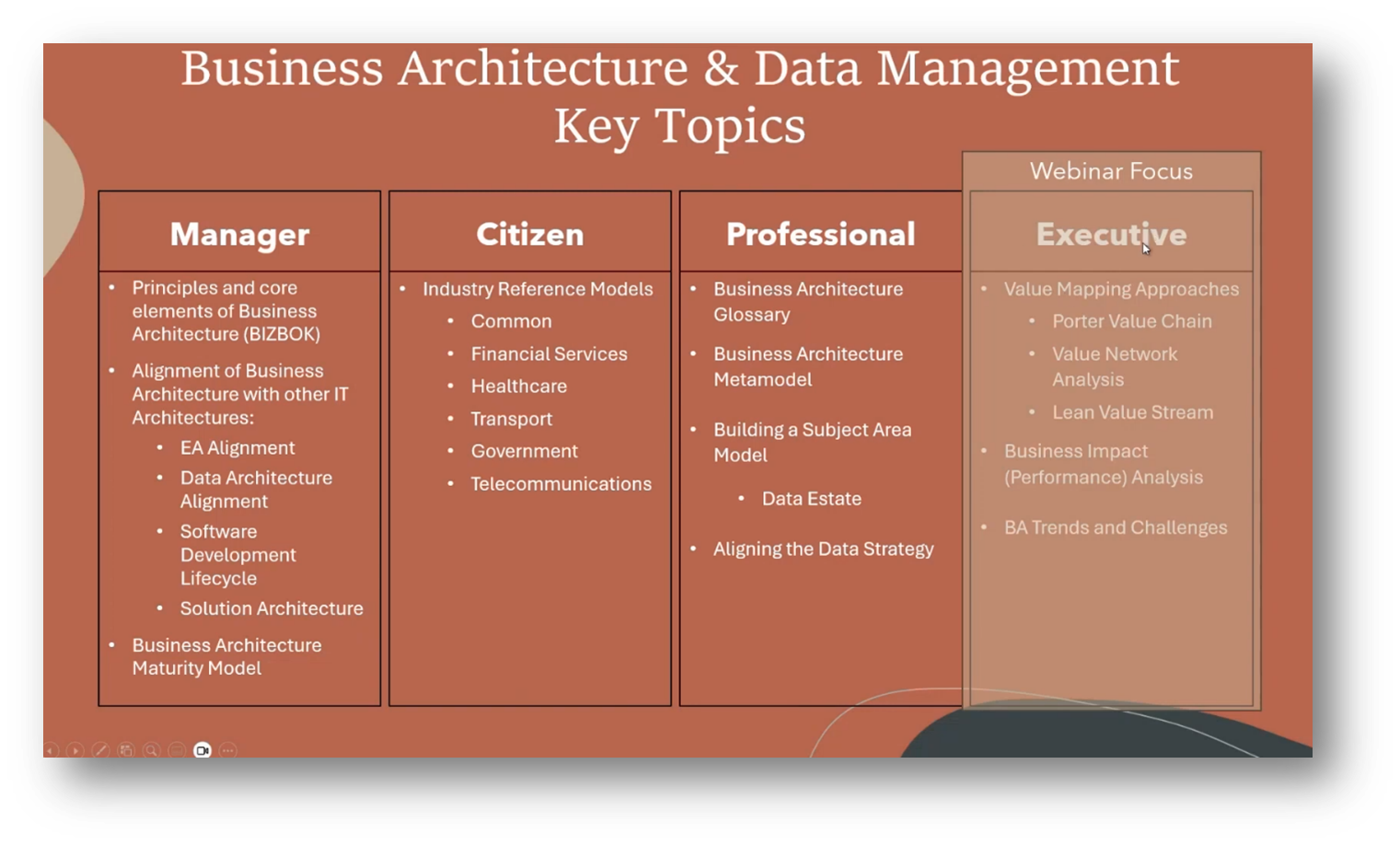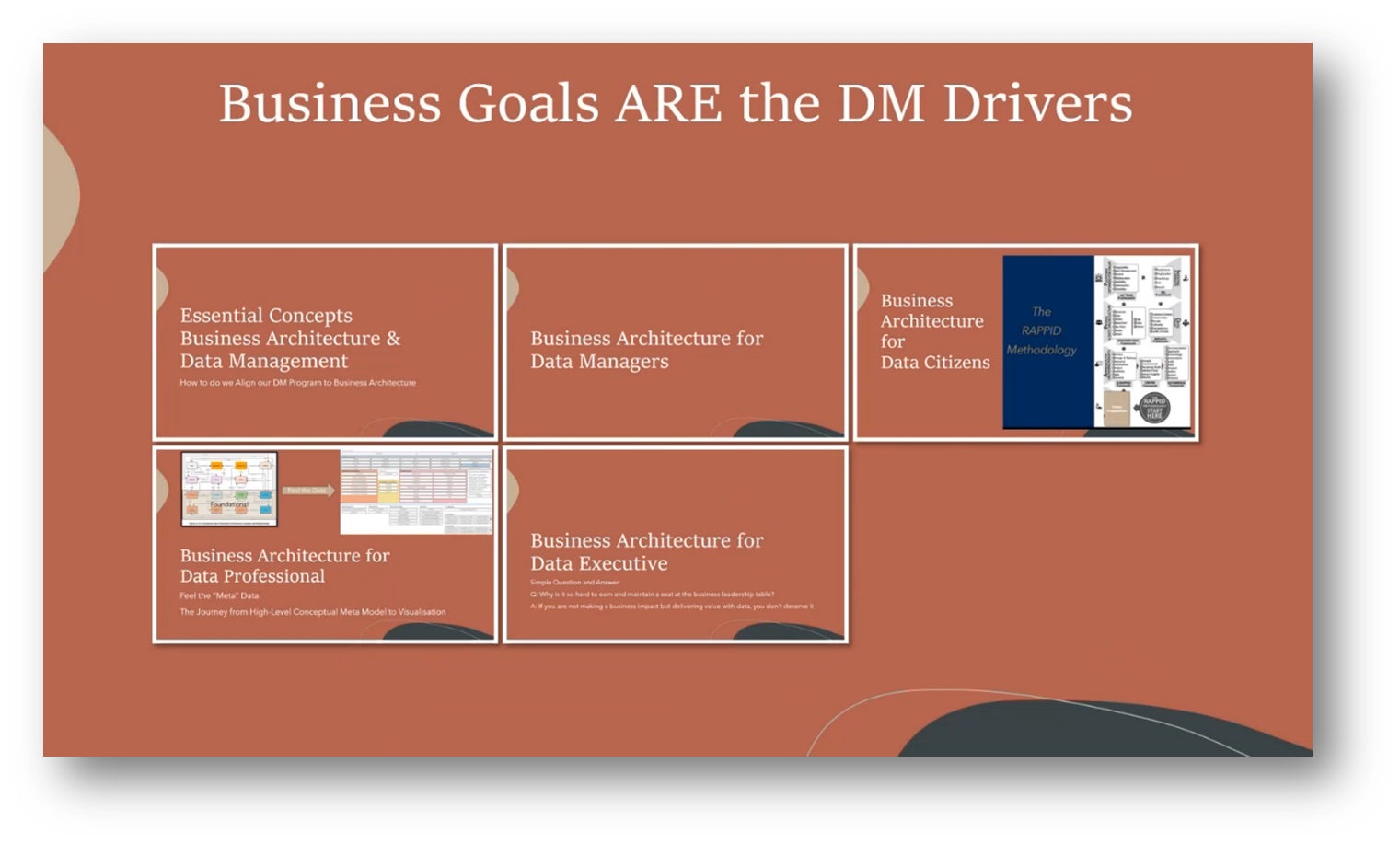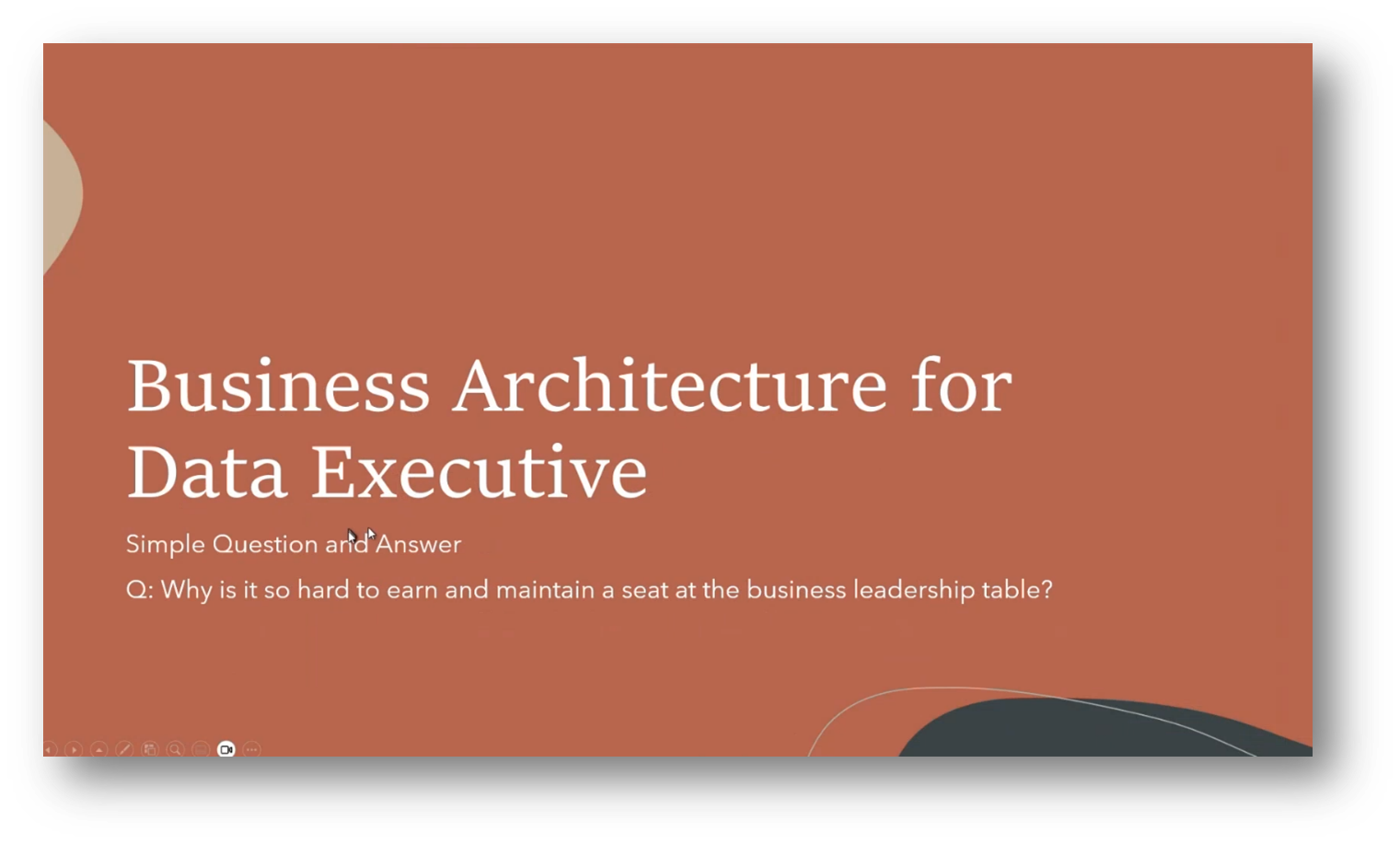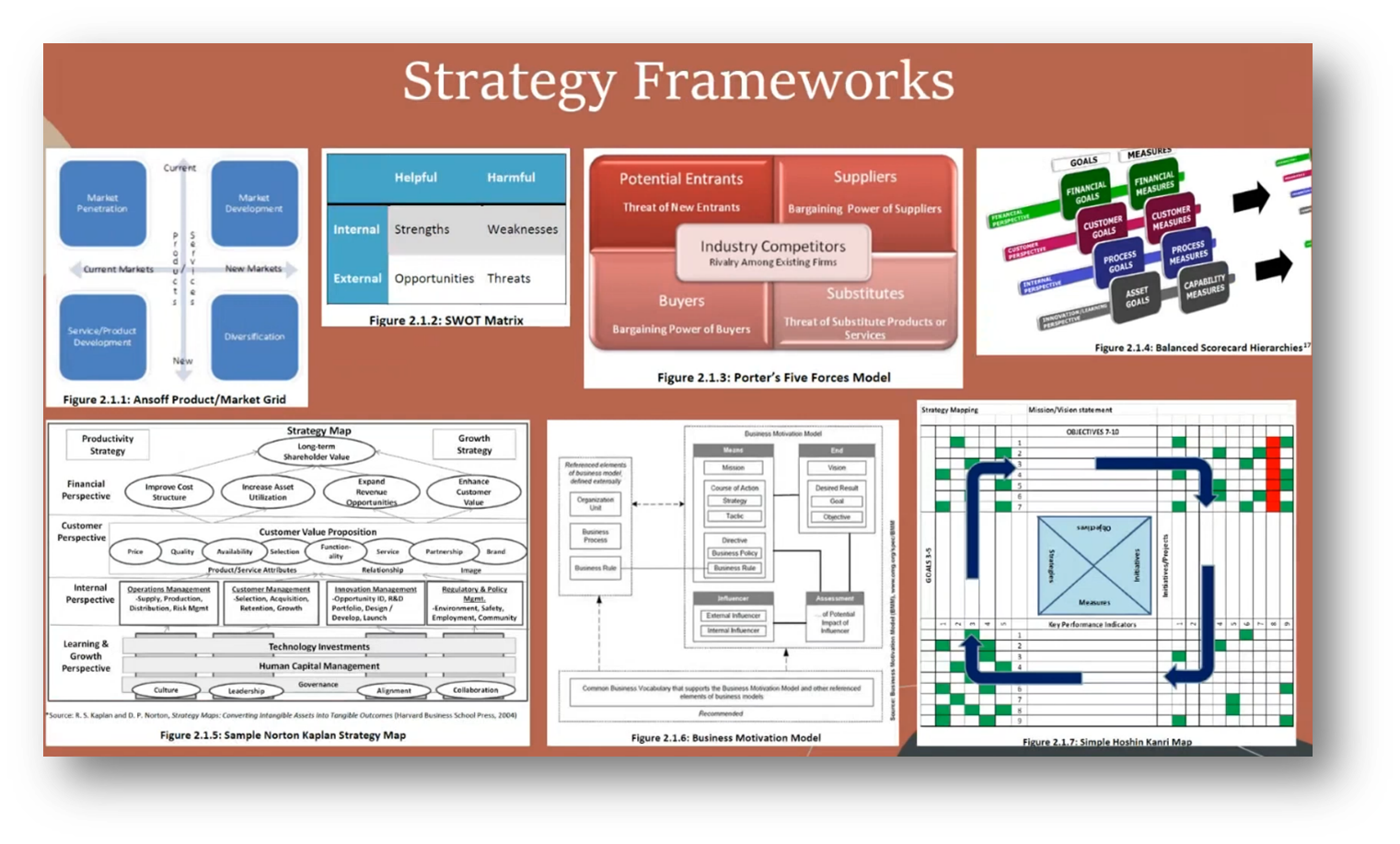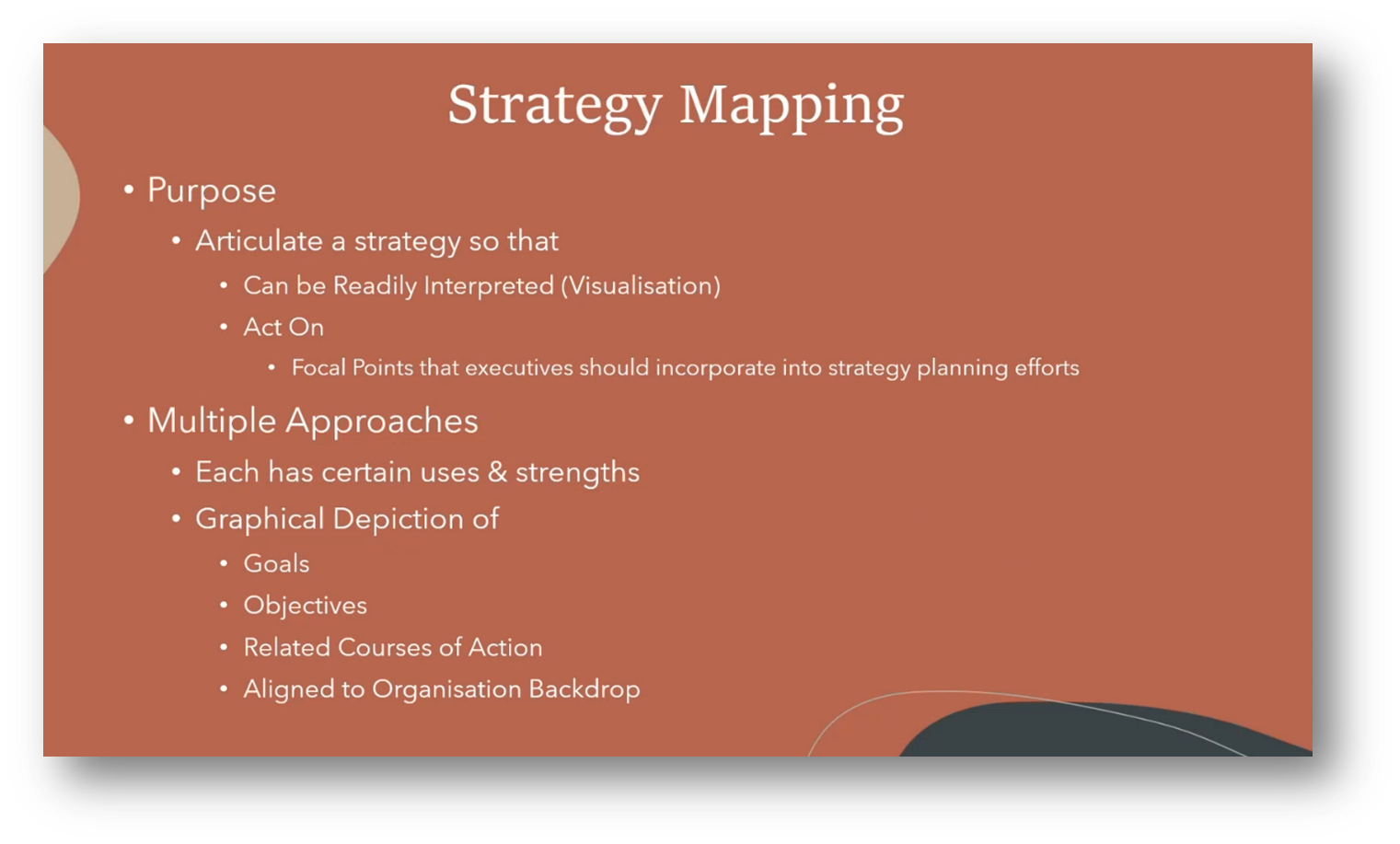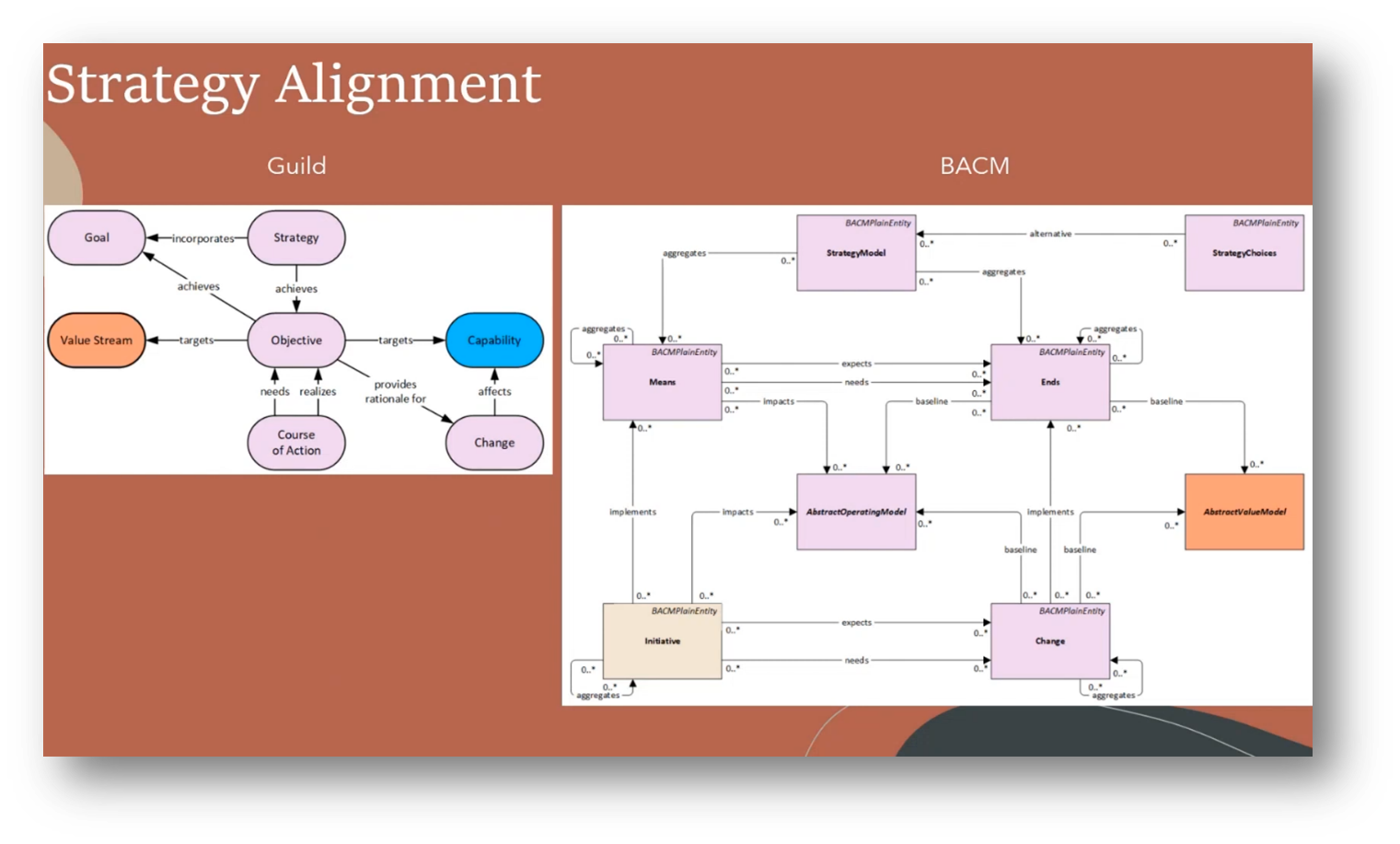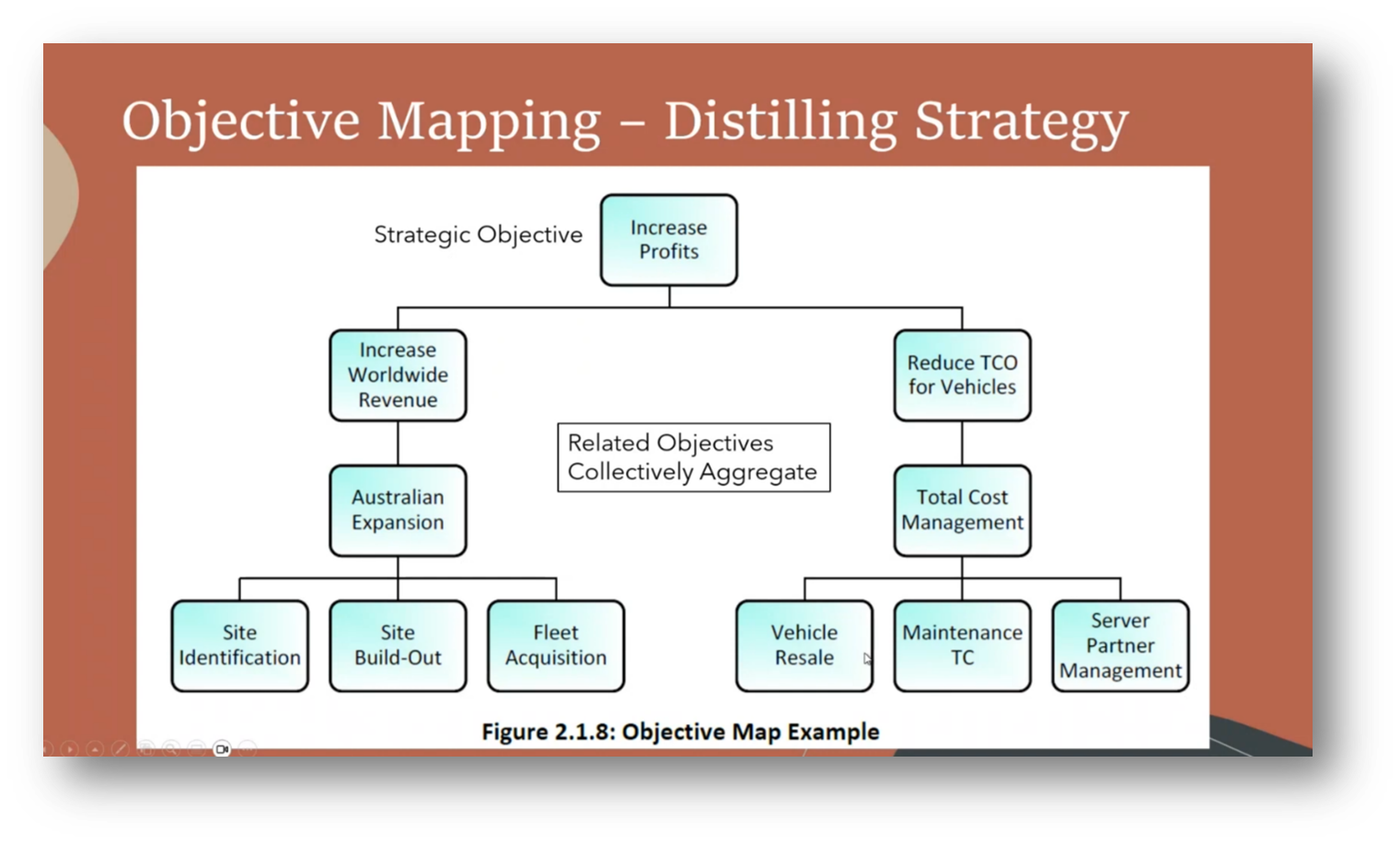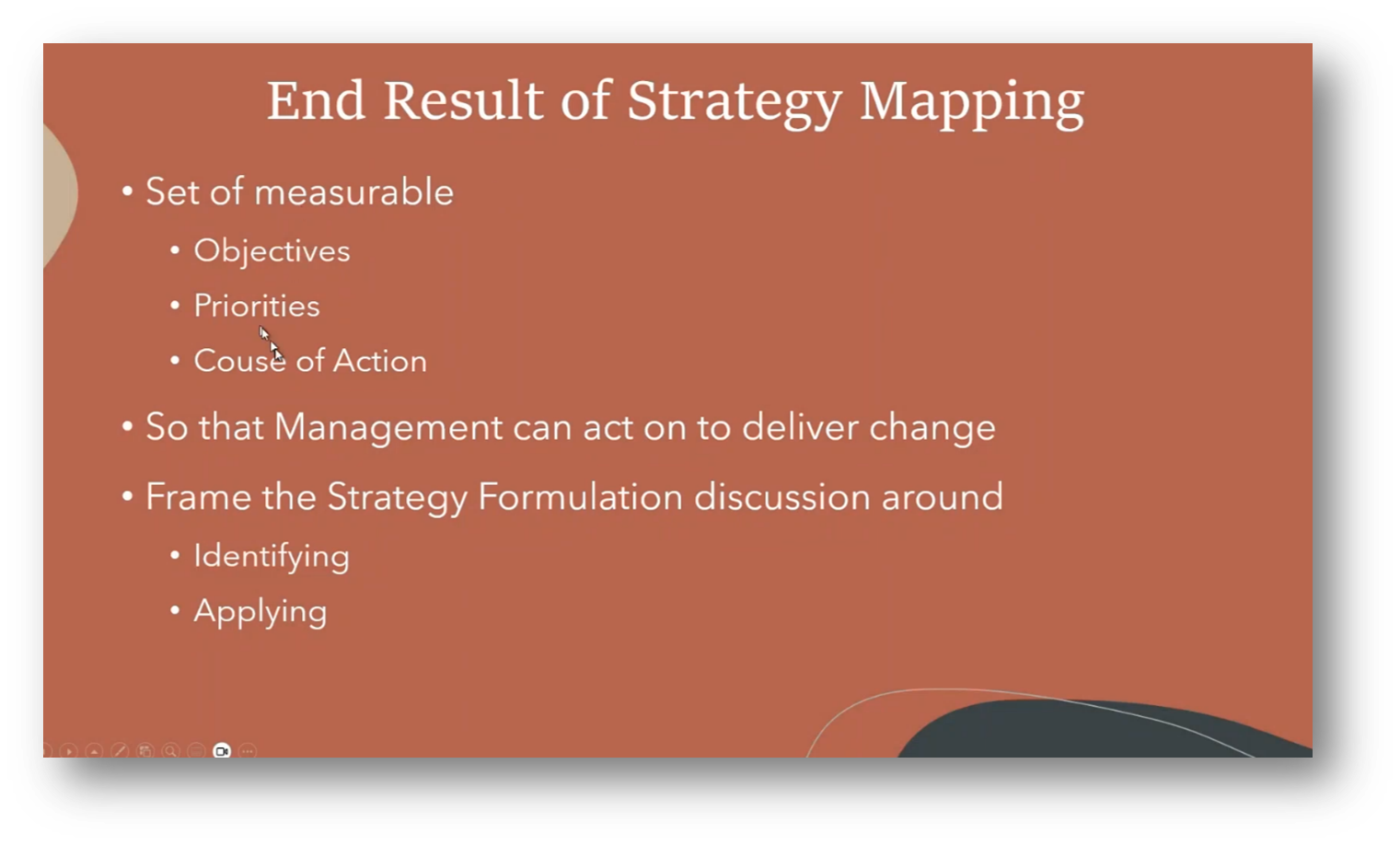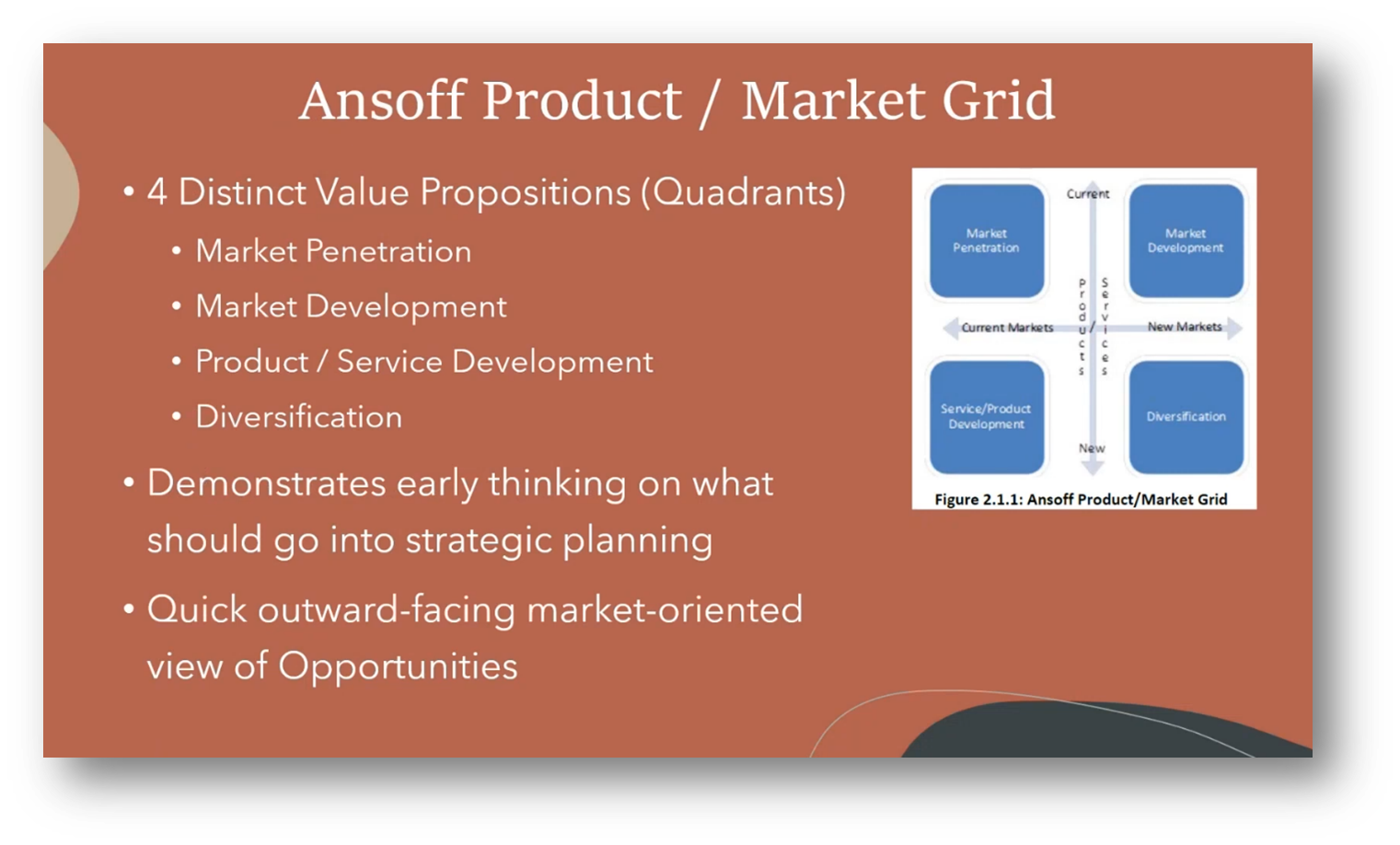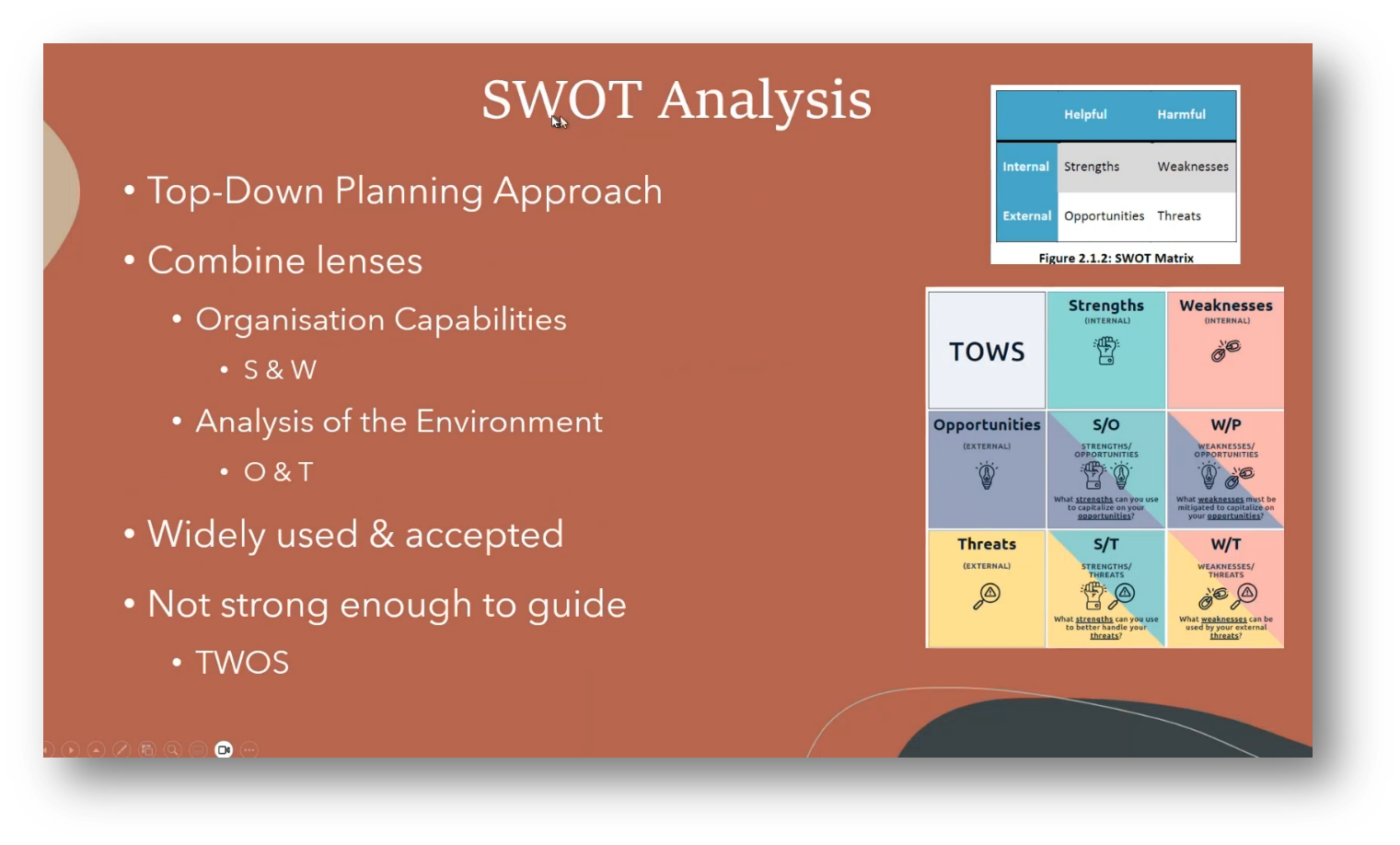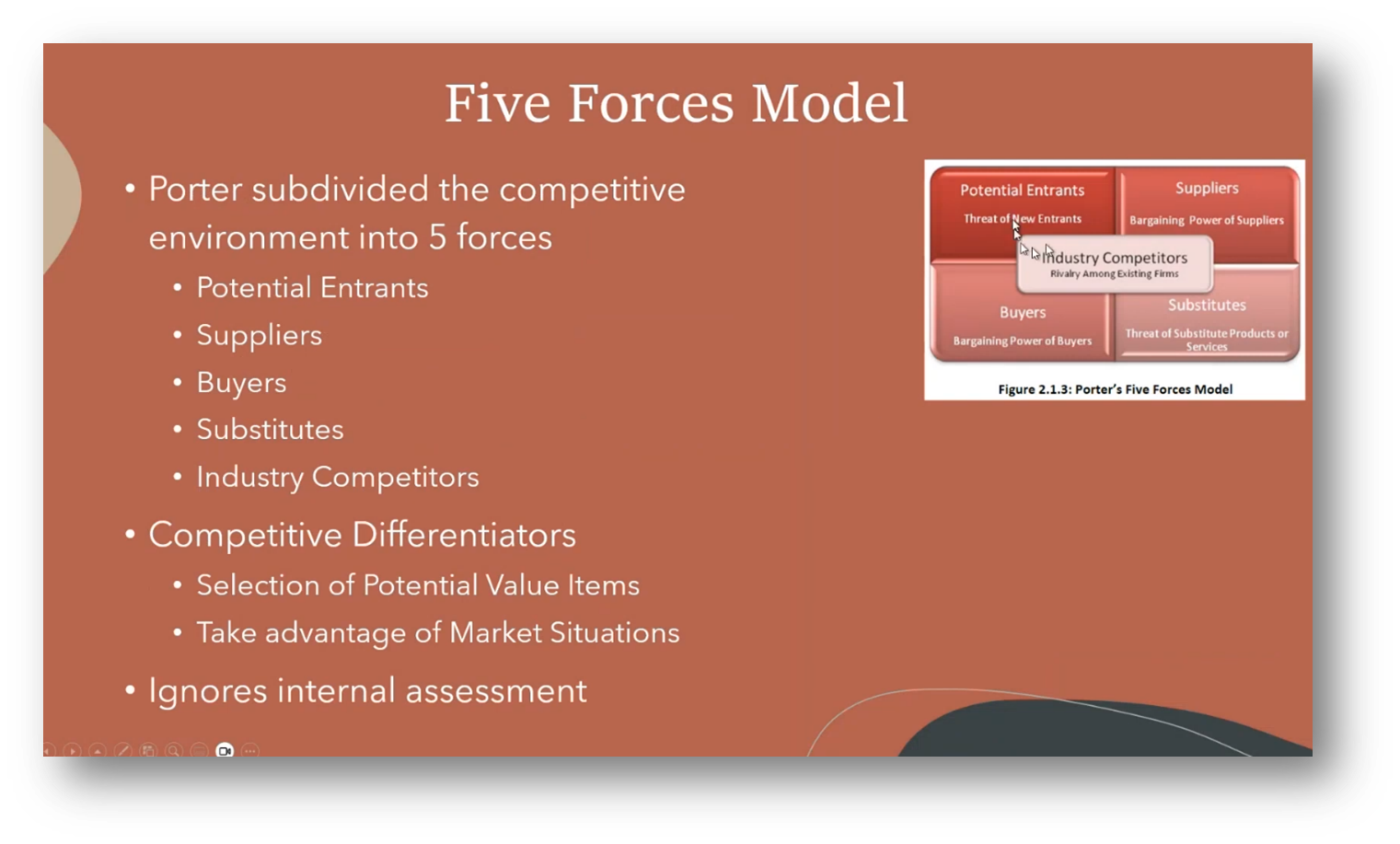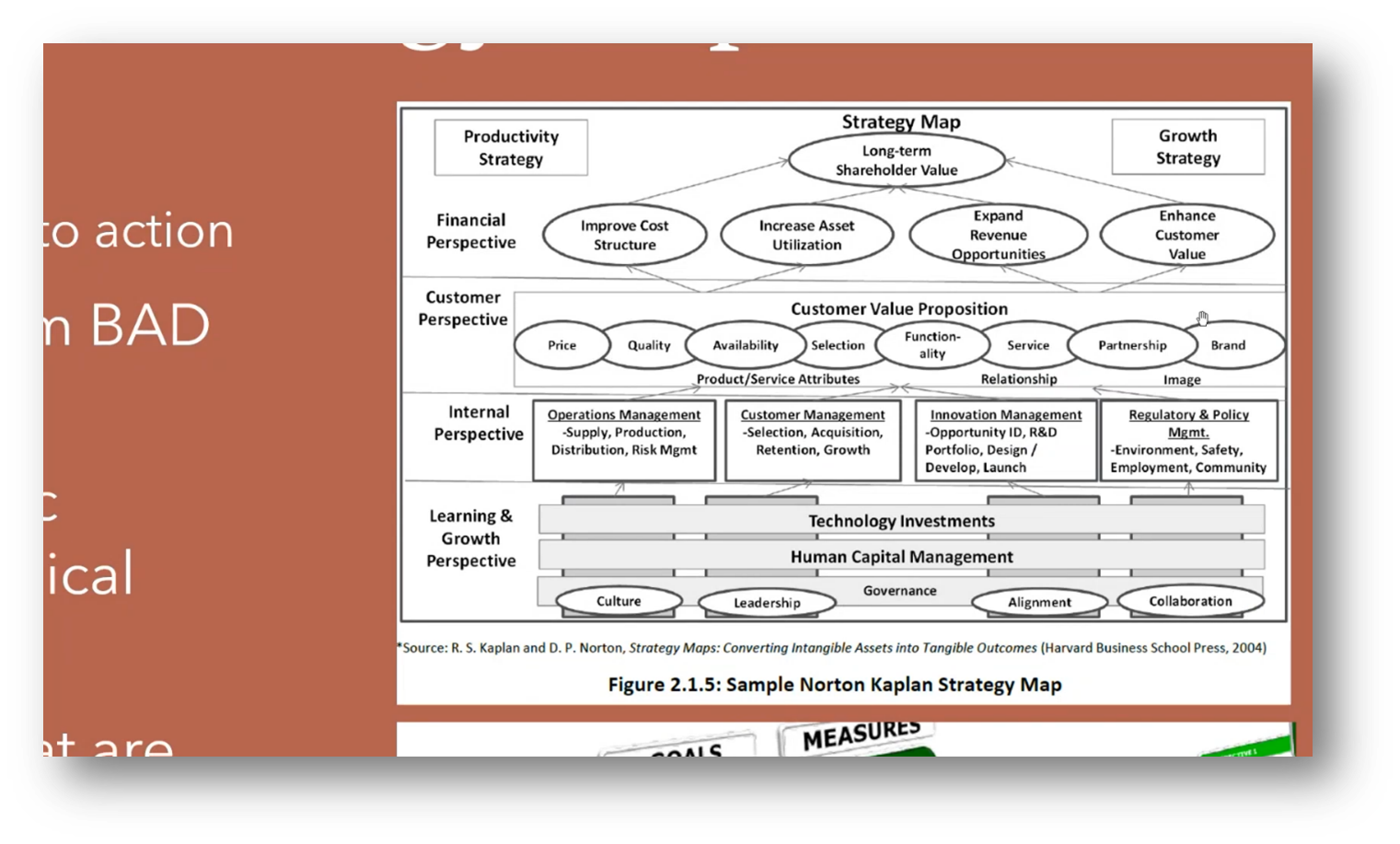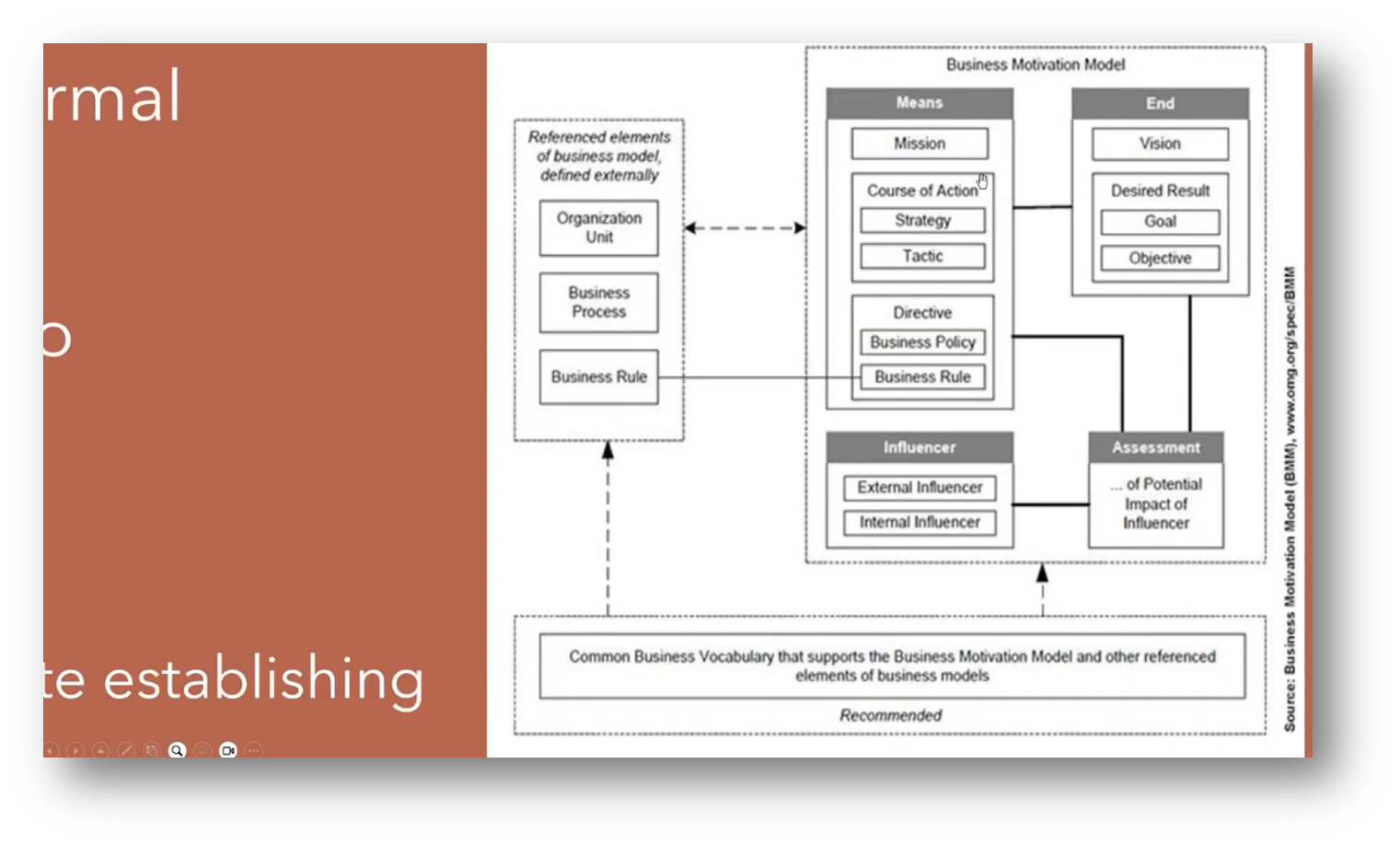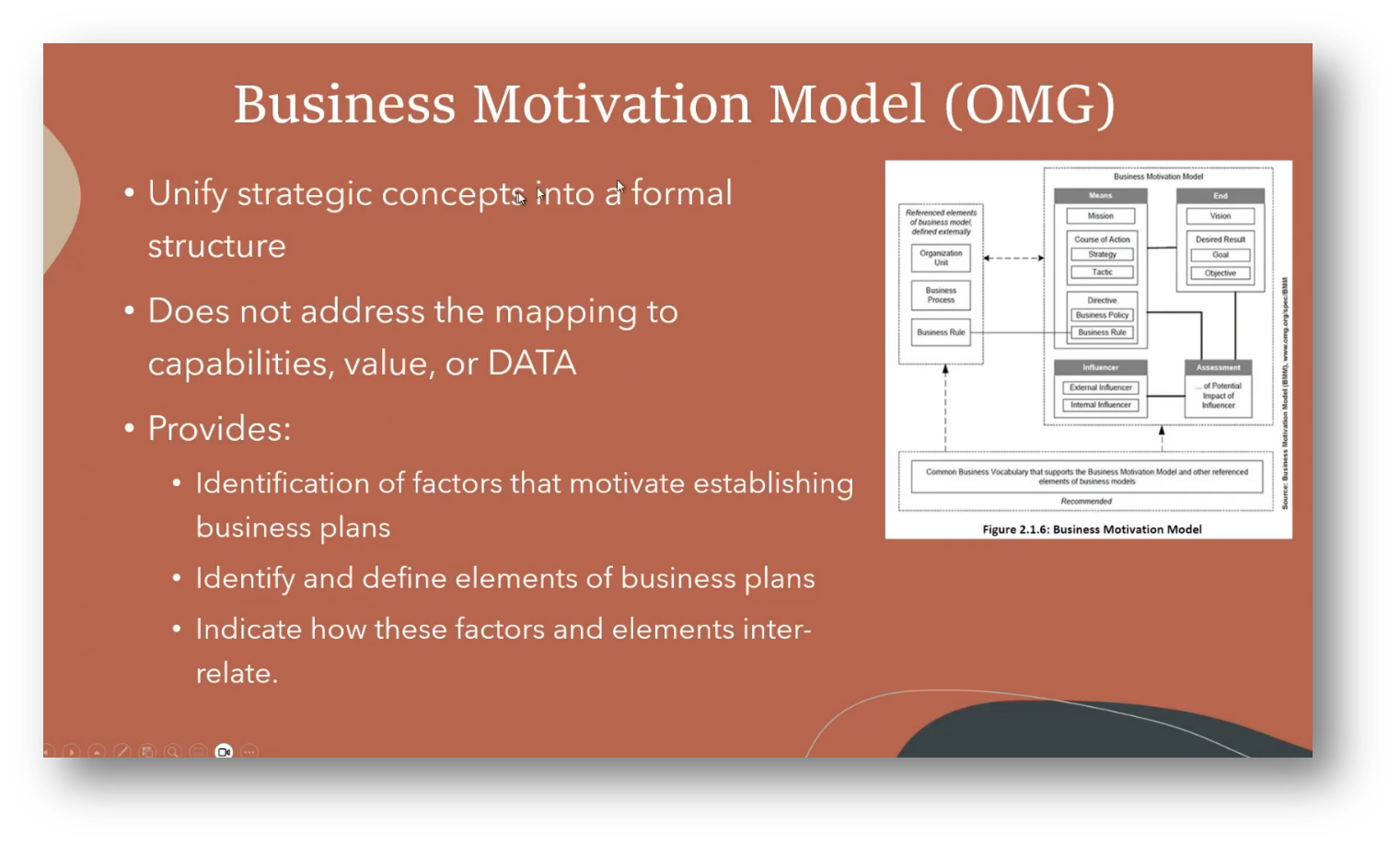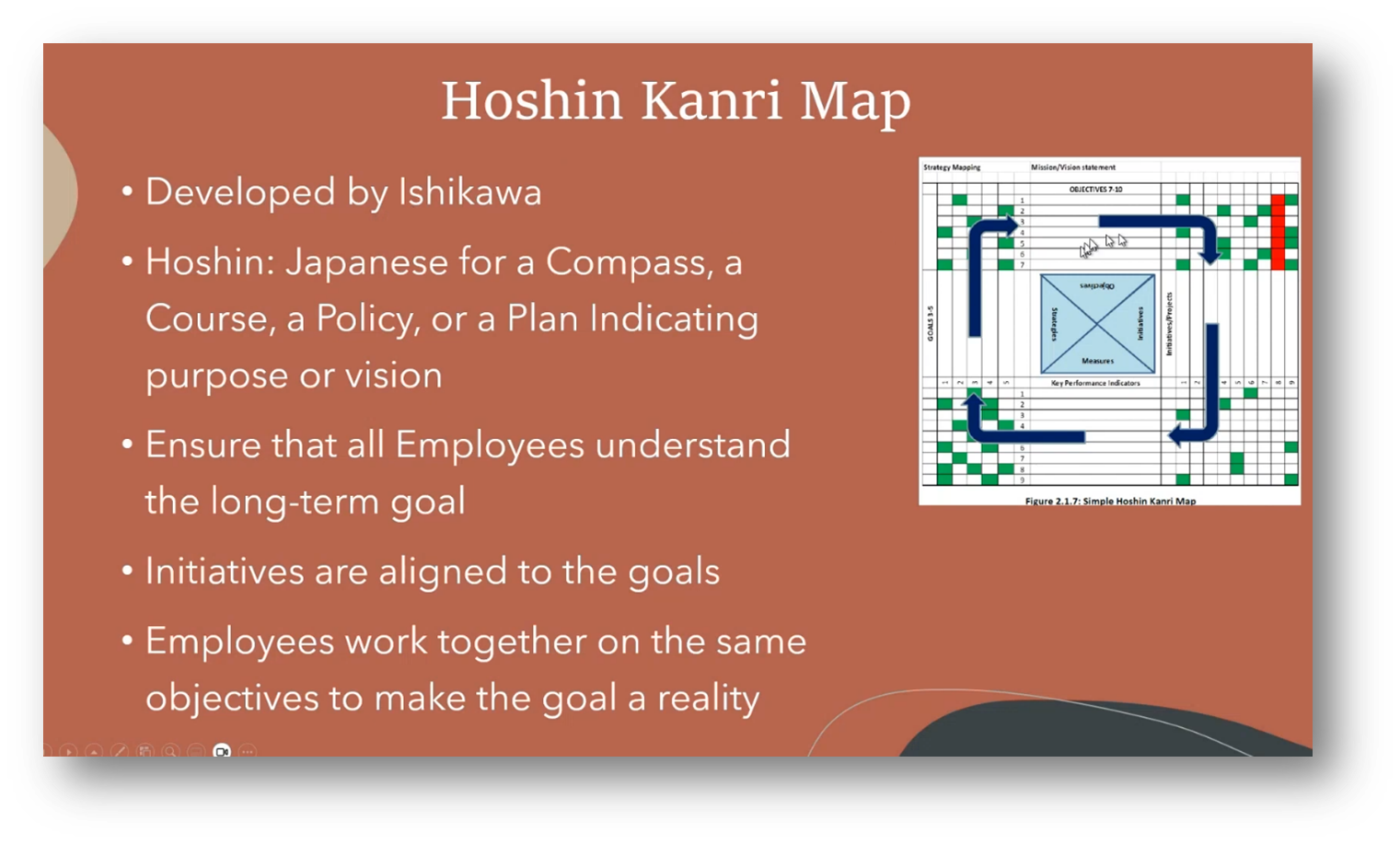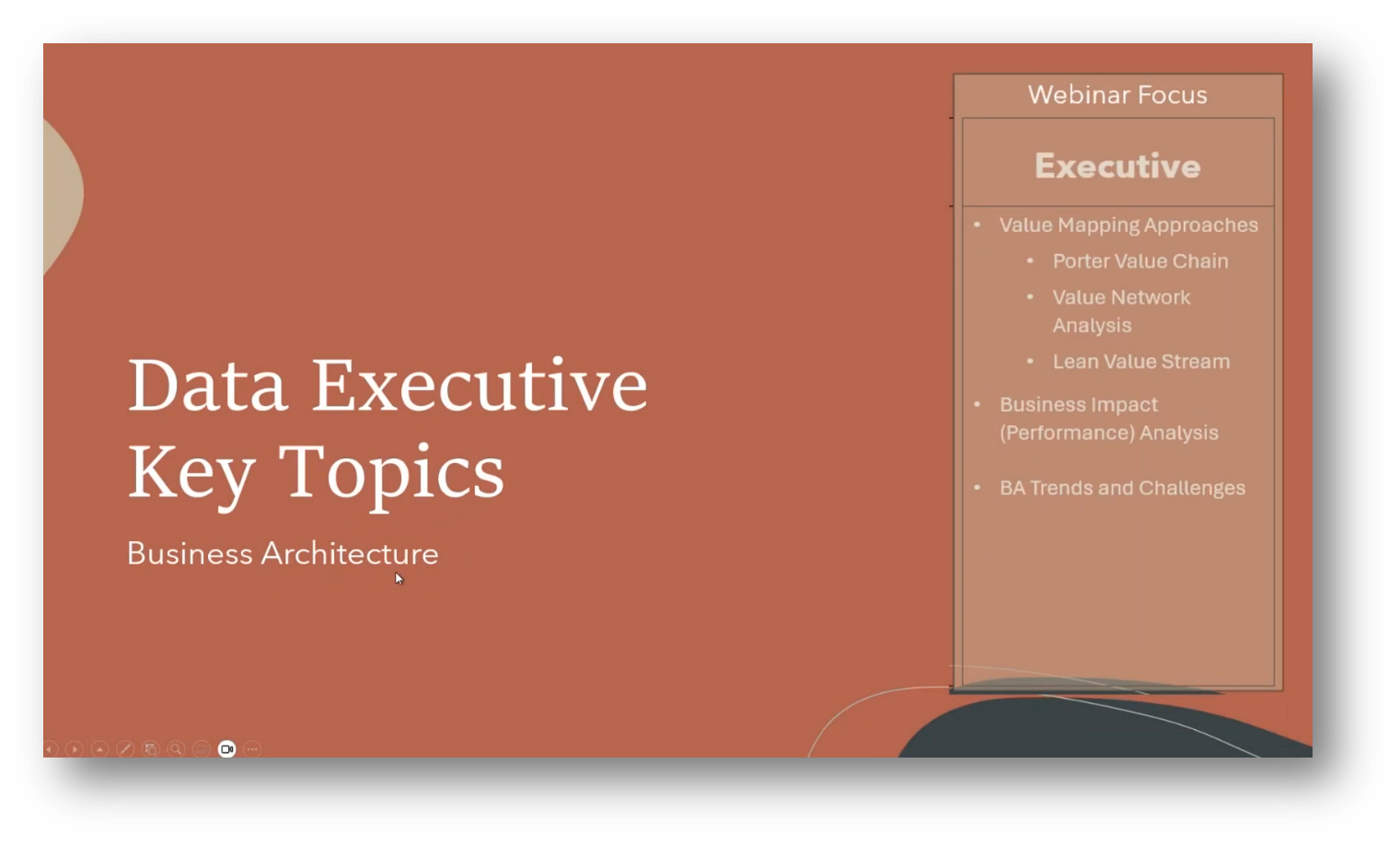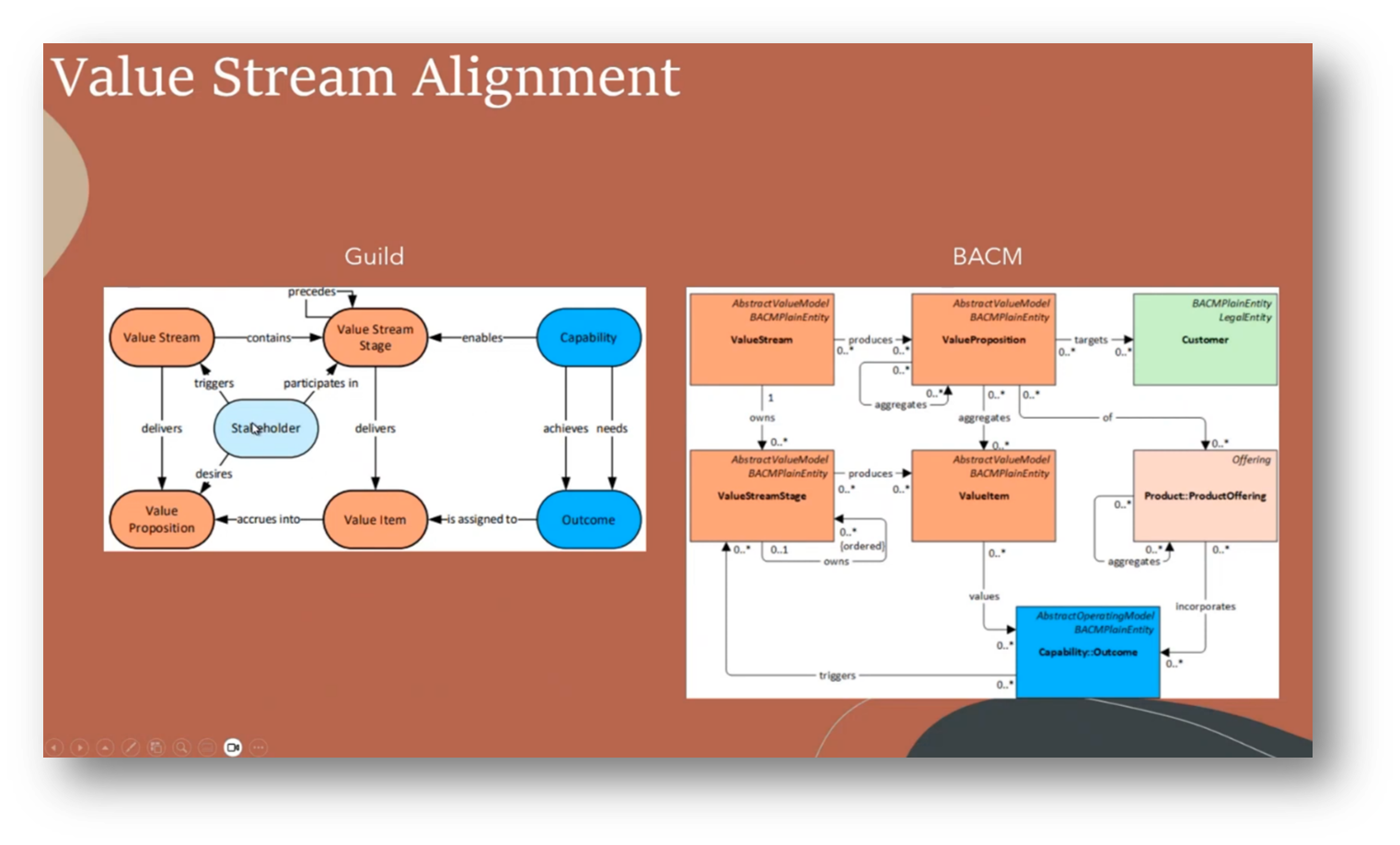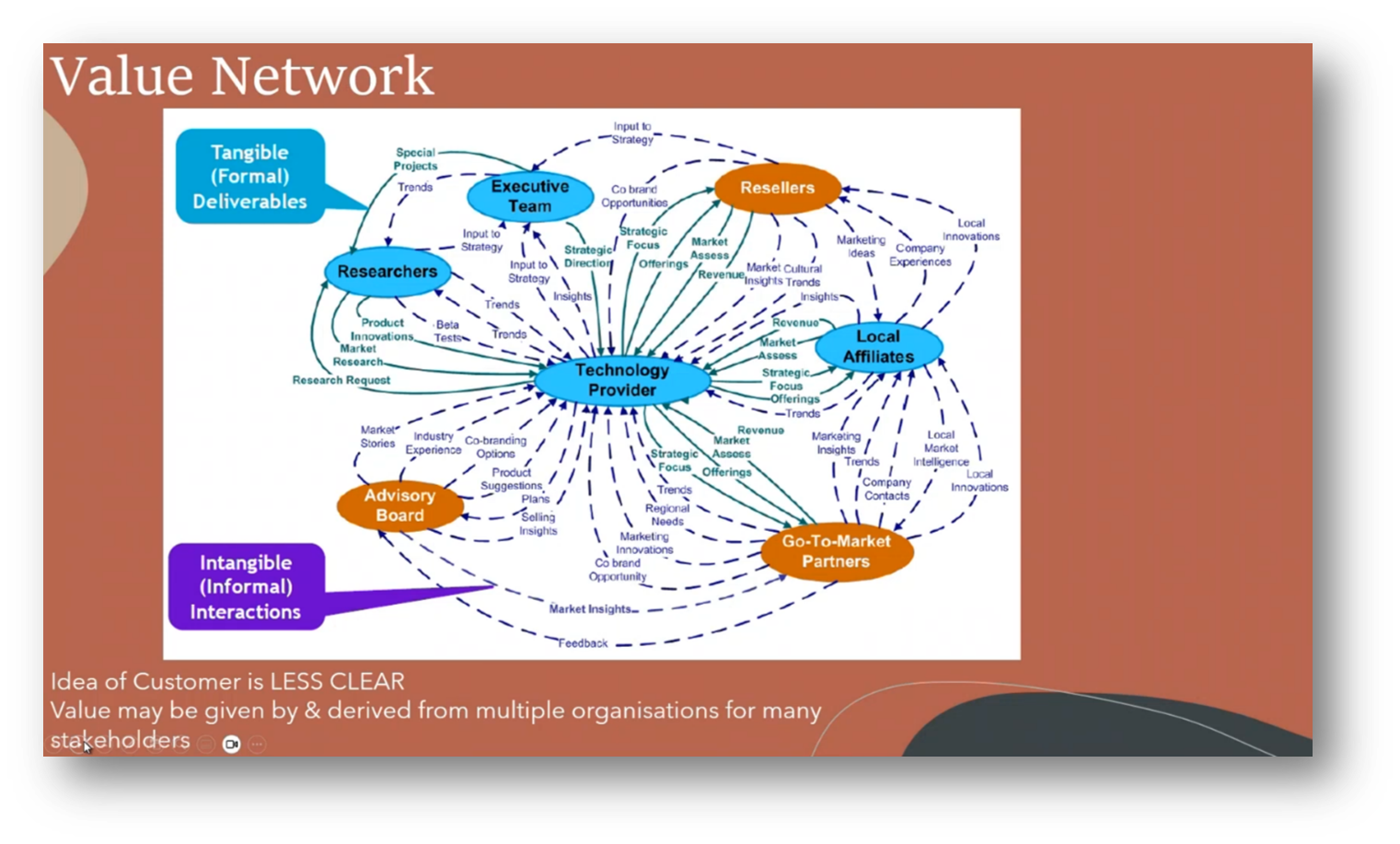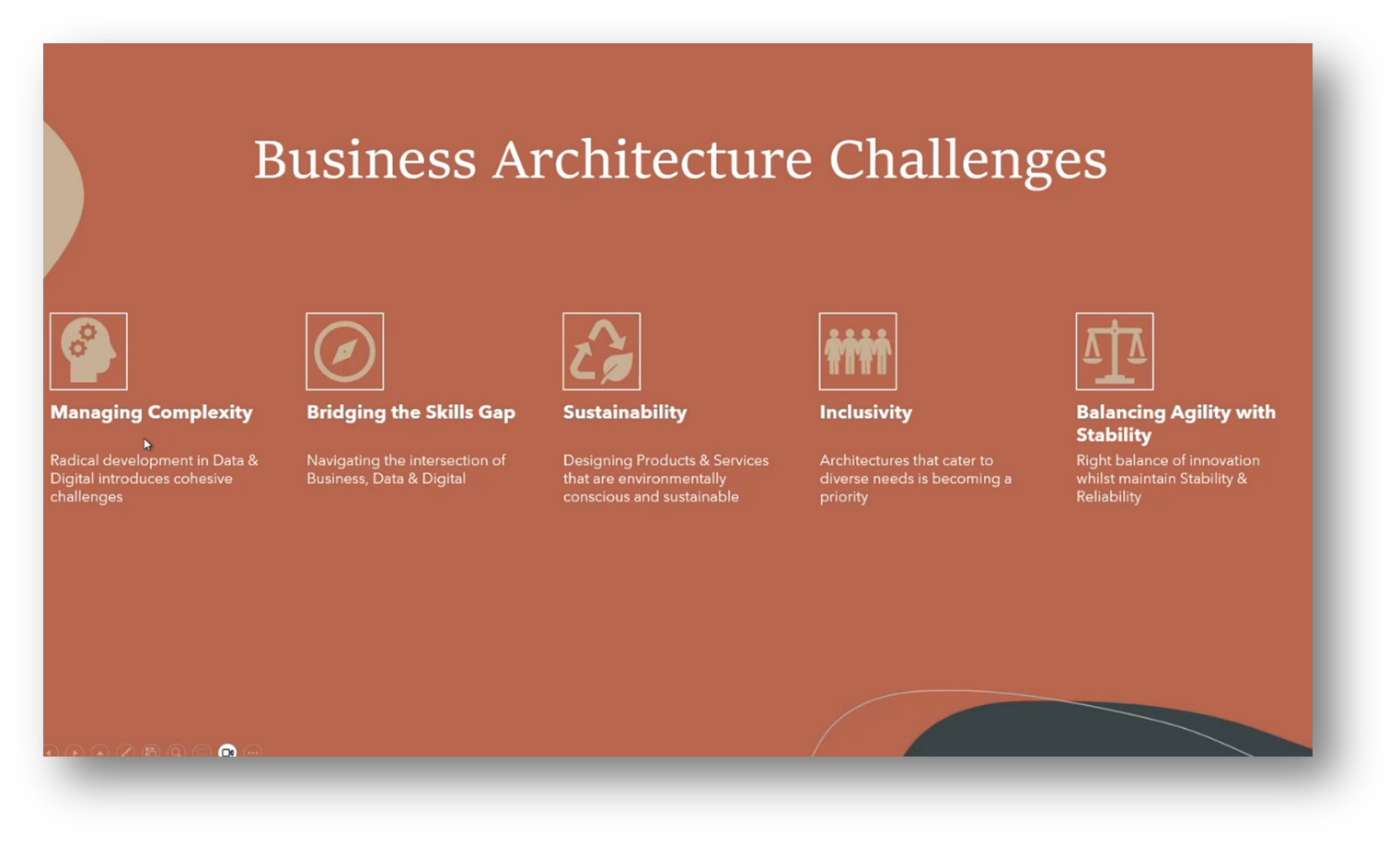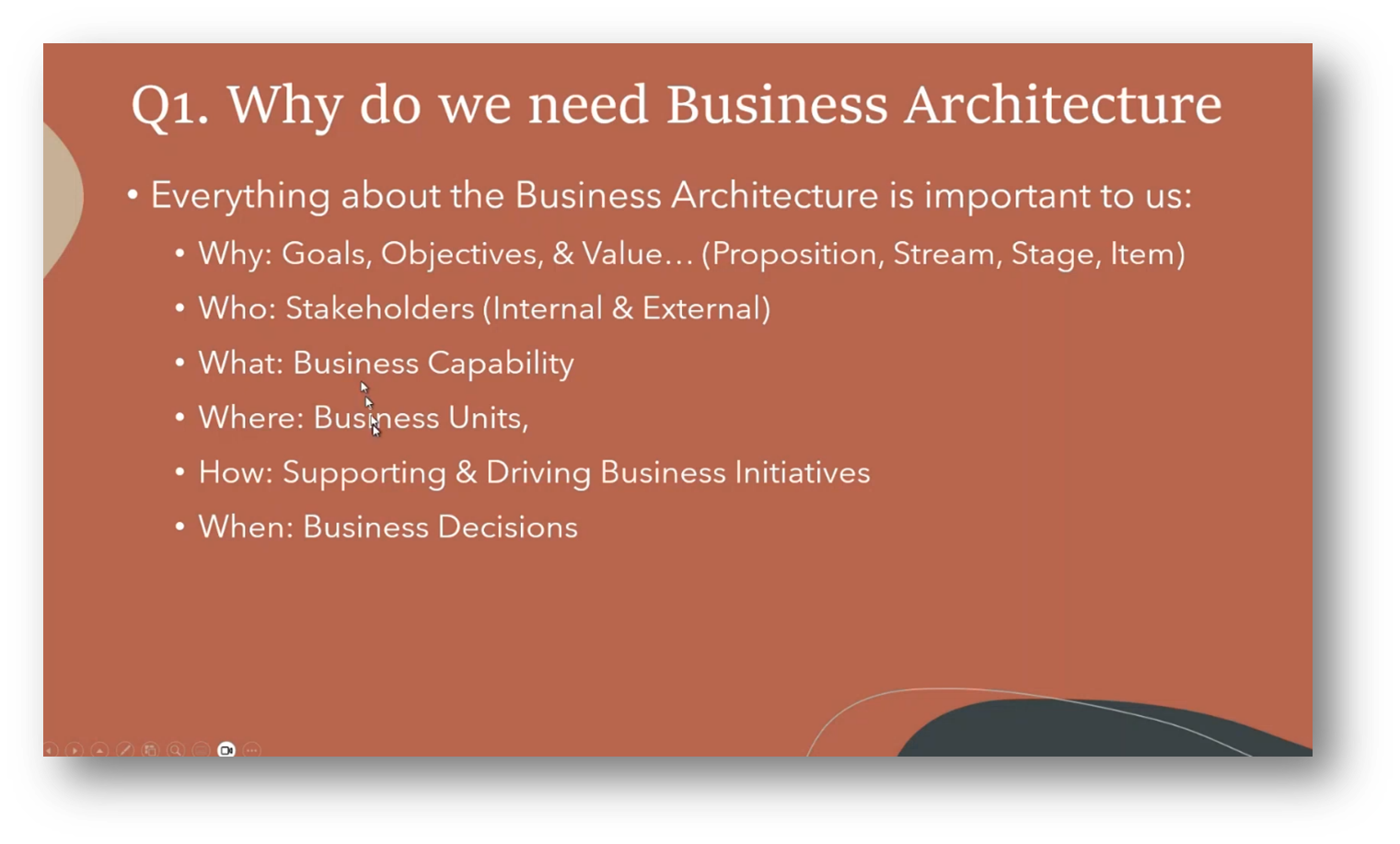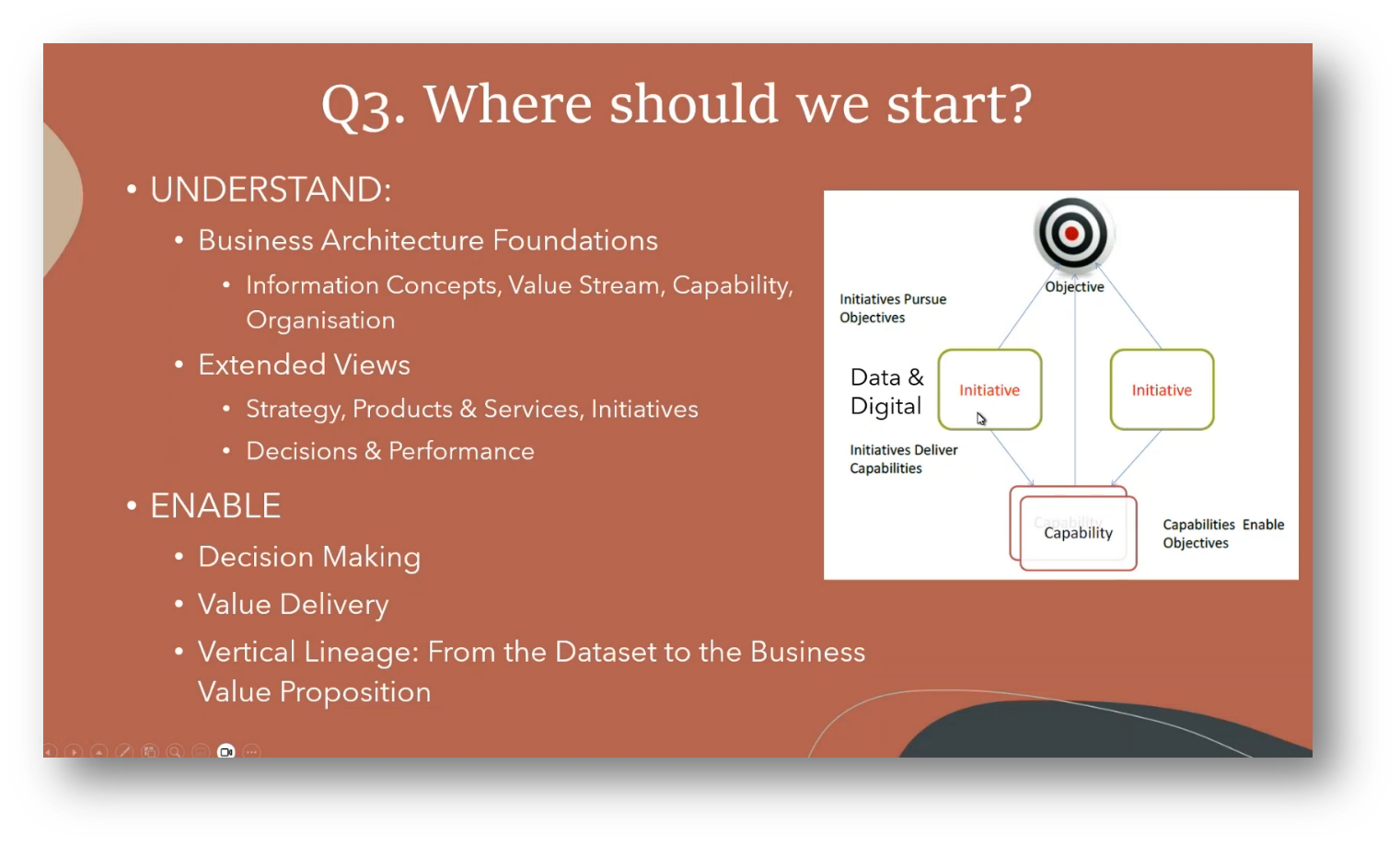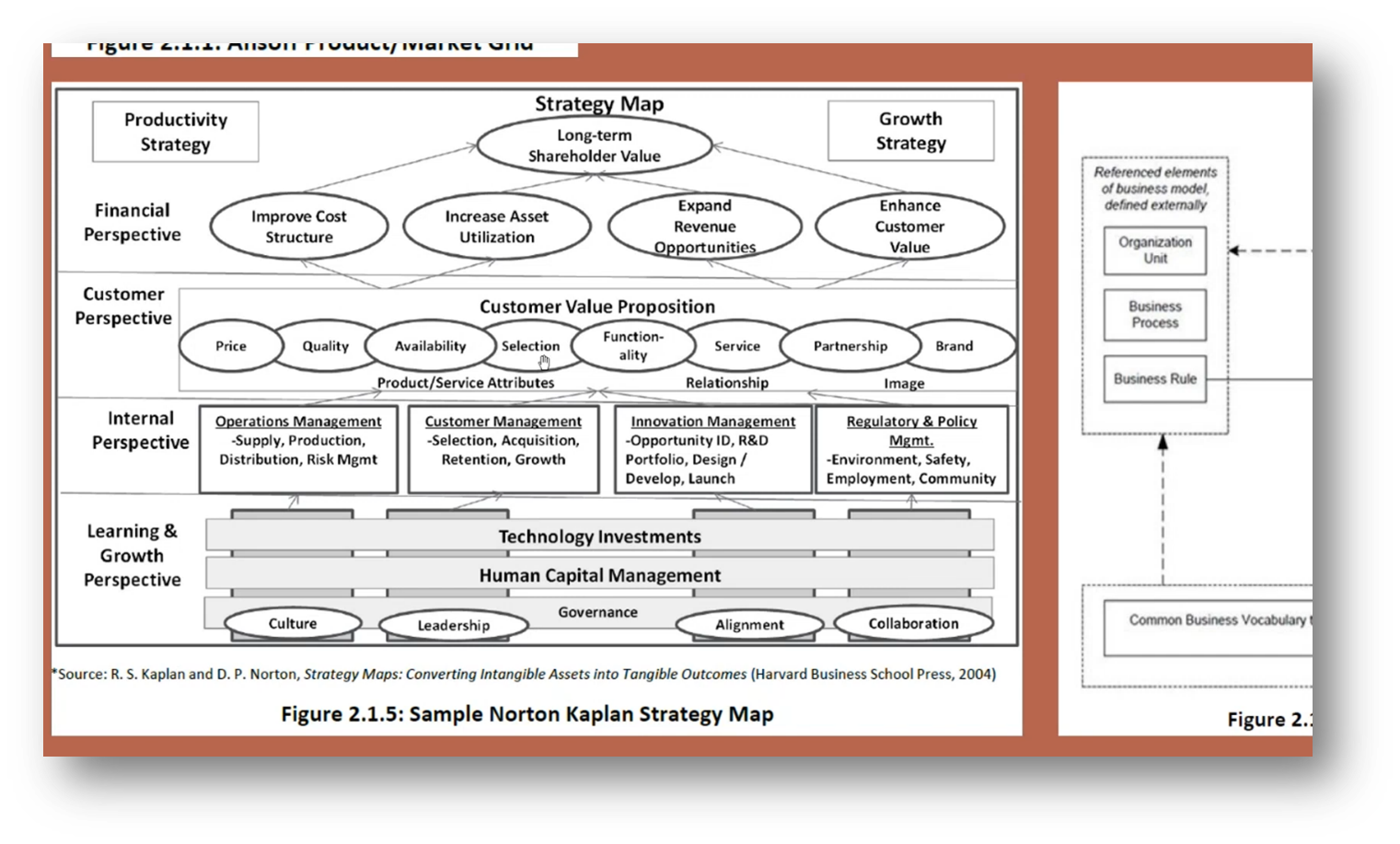Business Goals Drive Data Management for Data Executives
Executive Summary
This webinar explores the challenges of earning a seat at the business leadership table and discusses the correlation between business architecture and Data Strategy. Howard Diesel investigates strategy mapping, business motivation models, and strategic analysis tools and delves into the importance of business value and Data Governance. Furthermore, the webinar touches upon the significance of business strategy meetings, performance measurement, and the integration of Data Management with business strategy while also emphasising the importance of scheduling and communication.
Webinar Details:
Title: Business Goals Drive Data Management for Data Executives
Date: 18 June 2024
Presenter: Howard Diesel
Meetup Group: Data Executives
Write-up Author: Howard Diesel
Contents
Business Architecture and Data Strategy
Challenges of Earning a Seat at the Business Leadership Table
Strategy Mapping and Business Architecture Frameworks
Strategic Planning and Data Strategy
Strategic Objectives and Value Stream
Frameworks for Data Strategy and Business Strategy
Strategy Mapping and Business Motivation Model
Strategic Analysis Tools
Balance Scorecard and Strategy Map
Business Motivation Model Notes
Strategy Impact Analysis and Business Architecture
Business Value and Data Governance
Business Architecture and Data-Driven Strategy
Business Architecture Recommendations
Business Strategy
Business Strategy Meeting
Strategy Framework and Performance Measurement in Business
Data Management and Business Strategy
Business Architecture and Data Strategy
Howard Diesel opens the webinar, sharing that his focus with the series is on aligning data initiatives with the value mapping defined by business architecture. Strategies such as strategy Maps, the Porter model, and Strengths, Weaknesses, Opportunities and Threats (SWOT) analysis serve as anchors and help determine business impact. It's crucial to consider the trends and challenges facing business architectures.
Key questions from executives revolve around the necessity of a business architecture, the ramifications of not having one, and how to proceed without a business strategy. Chief Data Officers (CDOs) are tasked with justifying their contribution to the leadership table and addressing the challenges of short tenure in organisations. Additionally, it's important to consider how to be part of building the business strategy and contribute value rather than always being dictated to by business architects.
Figure 1 Business Goals Drive Data Management Webinar Cover Image
Figure 2 "Business Architecture & Data Management"
Figure 3 Key Topics
Challenges of Earning a Seat at the Business Leadership Table
Howard mentions the challenge of earning and maintaining a seat at the business leadership table for individuals involved in data and AI. The lack of inclusion in strategic discussions and the struggle to be perceived as adding value often lead to exclusion from crucial decision-making processes.
Personal experiences, including one shared by an attendee, underscore the difficulties faced by data experts in securing a place at the table. The issue of trust and respect for those involved in data and AI is brought to the forefront, emphasising the need to address the challenge of earning and maintaining a seat at the business leadership table.
Figure 4 "Business Goals ARE the DM Drivers"
Figure 5 Business Architecture for Data Executives
Strategy Mapping and Business Architecture Frameworks
In business architecture, strategy mapping is used to visually articulate and understand how different elements fit together to create a strategy. This process helps identify important elements that must be focused on and incorporated into strategy planning efforts. Multiple approaches exist for strategy mapping, each depicting goals, objectives, courses of action, and organisational alignment. The Metadata model, including the business architecture Guild and the Object Management Group (OMG) model on Metadata, offers a mapping between important elements to maintain a seat at the table by making a business impact and delivering value.
Figure 6 Strategy Frameworks
Figure 7 Strategy Mapping
Figure 8 Strategy Alignment
Strategic Planning and Data Strategy
The Data Strategy is a comprehensive plan incorporating goals and objectives to steer organisational success through effective information management. It's crucial to align the operating model, value model, and change initiatives to achieve these objectives, as per the OMG strategy model.
To ensure its effectiveness, the Data Strategy must address key areas of the business and challenge elements that are not aligned with business goals. This necessitates clear guidelines to extract valuable insights for data science and innovation. Moreover, meticulous objective mapping is vital, considering factors such as worldwide revenue, total cost of vehicle ownership, and increased profits.
Strategic Objectives and Value Stream
It is crucial to identify the areas needing attention to support the business's data needs for fleet acquisition and site identification while managing total costs. Howard shares that the goal is to contribute to strategic objectives and increase profit on disposal, supporting the disposal executive in achieving this objective.
The value stream involves asset disposal processes and capabilities, including vehicle preparation, pricing, negotiation, and cost challenges. Identifying opportunities to add value and making informed decisions in vehicle preparation and cost management is vital. Howard mentions a case study highlighting fleet management challenges without leveraging AI or decision models.
Figure 9 Objective Mapping - Distilling Strategy
Figure 10 Relationship to Value Stream
Frameworks for Data Strategy and Business Strategy
The SWOT analysis framework is utilised to identify strengths, weaknesses, opportunities, and threats in business. A Data Management Maturity Assessment focuses on eradicating weaknesses and threats to link to the ive forces model, which evaluates threats in a business environment.
Dr. David Norton and Dr. Robert Kaplan’s balanced scorecard aligns strategy with specific objectives related to stakeholders, customers, HR, IT, and organisational culture. Comparing the balanced scorecard to OKR (objectives and key results) and the "one metric that matters" highlights the advantages and challenges of each approach, with the balanced scorecard offering detailed information and the OKR being simpler but potentially less comprehensive.
Figure 11 Strategy Framework Purpose
Strategy Mapping and Business Motivation Model
The Balance scorecard is a business motivation model associated with the Object Management Group (OMG) and the Hoshin Kanri model. This strategy mapping framework links missions, goals, objectives, and courses of action to help management identify and prioritise objectives and develop actionable strategies. The end goal is to create measurable objectives, priorities, and courses of action for building dashboards and analysis to improve business performance. A product market grid is also used to formulate strategies, featuring quadrants for value propositions, market penetration, product and service development, and diversification, encouraging businesses to consider market dynamics.
Figure 12 "End Result of Strategy Mapping"
Figure 13 Ansoff Product / Market Grid
Strategic Analysis Tools
SWOT analysis, a practical strategic planning tool, identifies the market's strengths, weaknesses, opportunities, and threats by considering organisational capabilities and the external environment. In contrast, Threat Opportunity Weaknesses and Strengths (TOWS) analysis, another practical tool, reverses the SWOT approach to capitalise on strengths and opportunities and mitigate weaknesses. These tools, when used effectively, can empower informed strategic decisions.
Figure 14 SWOT Analysis
Figure 15 Five Forces Model
Figure 16 Norton Kaplan Strategy Map
Balance Scorecard and Strategy Map
Initially implemented in SharePoint, the balanced scorecard utilises business intelligence (BI) for data input. To support its implementation, it is crucial to prioritise culture, leadership alignment, and collaboration before delving into internal perspective, operations, customer management, innovation management, and regulator/policy management. The strategy map emphasises enhancing productivity, customer value, and business growth.
Dr. Norton and Dr. Kaplan's approach involves defining measures for each goal, establishing a hierarchy for information aggregation, and aligning metrics with the overarching objectives. Other performance measurement methods include Object and Key Results (OKR), "one metric that matters," and the cake layer model, which aims to align metrics across the entire organisation.
Figure 17 Strategy Map
Business Motivation Model Notes
The Business Motivation Model (BMM) is a framework that focuses on mission, means, potential impact, influences, rules, and external areas. It incorporates policies, business rules, and formal structures but does not directly address data. The BMM uses a noun-verb approach to map data onto the value proposition, business capabilities, and actions. It identifies the factors that motivate business plans and their interrelationships.
Developed by Prof. Ishikawa, “Hoshin Kanri,” the Japanese term for "compass," the model aims to help navigate through different areas. In this model, goals, objectives, initiatives, projects, and key performance indicators are interconnected circularly. This collaborative approach encourages employees to understand, align, and work together to achieve these goals, fostering a sense of unity and shared responsibility.
Figure 18 Business Motivation Model
Figure 19 Business Motivation Model (OMG)
Figure 20 Hoshin Kanri Map
Strategy Impact Analysis and Business Architecture
Change managers highly value the idea of a Magic KPI for its ability to connect people to the organisation and add value. Key performance indicators (KPIs) play a crucial role in understanding how to contribute to the organisation's goals, which are defined in the strategy, with the input of subject matter experts. The strategy impacts value streams and information concepts mapped to capabilities and initiatives. Action indicators align everything with the organisation's data, information concepts, and business objectives. A review and discussion of the business architecture also involve addressing the need for an elevator pitch to attract clients' interest in Data Governance or Data Management.
Figure 21 Impact Analysis Mapping Template
Figure 22 Addition of "Business Objects" and "Business Architecture Element Impact" to Diagram
Figure 23 Data Executive Key Topics
Business Value and Data Governance
Data professionals must understand the value stream to drive business innovation and improvement. Additionally, Data professionals should prioritise contributing to the organisation's value rather than solely focusing on data privacy concerns. Recognising the role of technology and human resources in the value chain is crucial for effectively supporting value-creating activities.
Data professionals can shift from supporting value to creating value by building data products. Applications are not restricted to the back end anymore and can now facilitate the transition to value-creating activities, but maintaining trust in data at a supporting level remains essential.
Figure 24 Value Stream Alignment
Figure 25 Porter Value Chain
Business Architecture and Data-Driven Strategy
The value network concept encompasses stakeholders such as technology providers, advisory partners, and resellers who contribute value to the organisation's strategy and decision-making process. Challenges in business architecture include managing the complexity of data and digital technologies, addressing the skills gap in business, data, and digital intersections, prioritising sustainability and inclusivity, and striking a balance between agility and stability. Executives rely on business architecture to align with goals and objectives, understand capabilities, support business units, drive initiatives, and make informed decisions based on the right data and frequency of needs.
Figure 26 Value Network
Figure 27 Business Architecture Challenges
Business Architecture Recommendations
Remember to support the challenge and goal of building a business architecture by using an industry model as a blueprint to ask the right questions of relevant stakeholders. Start by understanding the objectives and initiatives in play and focus on integrating data and digital to support these initiatives. Ensure vertical lineage in data to contribute to the overall objectives and value proposition and enable change by challenging the status quo to align with the business strategy and performance. Lastly, demonstrate data and analytics' economic and strategic value and shift the focus from data-oriented to decision-oriented.
Figure 28 "Why do we need Business Architecture?"
Figure 29 "What happens if we don't have a Business Architecture?"
Figure 30 "Where should we start?"
Figure 31 "What do I need to know and do to earn a seat at the Business Leadership Table?"
Business Strategy
A well-crafted business strategy is essential for impacting the bottom line. This can be achieved by making changes that improve decision-making processes, thereby increasing internal and external value. Effective data collection and management are crucial for ensuring a return on investment (ROI) on information.
Establishing trustworthy and meaningful insights and being value-driven are emphasised over forcing everyone to become data-driven. Leadership focuses on the value of data use cases and AI implementation, possibly necessitating a full AI use case pilot to showcase data value. Adhering to the NDMO and the data value realisation domain is important, and identifying Data Management use cases to create revenue is crucial for delivering value.
Figure 32 "How can I be part of the Business Strategy?"
Business Strategy Meeting
The significance of AI and Data Strategy in reducing costs and managing risks is covered. Howard notes that linking AI use cases with Data Strategy and governance to realise data value and create a use case portfolio will be a focal point. The balance between delivering value and ensuring Data Governance, quality, integration, cataloguing, and Metadata Management will be a focal point. There is a discussion on the importance of benchmarking for the organisation, with the primary goal of delivering value to the business.
Figure 33 Sample Norton Kaplan Strategy Map
Strategy Framework and Performance Measurement in Business
Howard discusses the process of selecting a strategy framework by understanding weak points and contributions to the SWOT analysis and linking various areas to bring everything together. The focus is on building a set of elements for guiding thinking to define the products appropriate for the market and address specific areas of concern. Emphasis is placed on executives understanding and challenging the status quo regarding performance measurement and key performance indicators (KPIs) to ensure a more comprehensive understanding and direction for the business. There is a discussion about the struggle of choosing a strategy model and the importance of linking the management role to a strategy model to remind others of the value being created.
Data Management and Business Strategy
The importance of shifting the focus from Data Strategy and Governance to urging businesses to showcase their actions and assess their effectiveness is emphasised. Howard shares into the topic of Data Management Maturity Assessment, highlighting the responsibility of business and enterprise architecture in enhancing all capabilities, particularly in information and Data Management. The significance of forging stronger connections with business architecture professionals to elevate Data Governance and management was underscored, along with the proposal to schedule a value-driven approach session.
If you would like to join the discussion, please visit our community platform, the Data Professional Expedition.
Additionally, if you would like to be a guest speaker on a future webinar, kindly contact Debbie (social@modelwaresystems.com)
Don’t forget to join our exciting LinkedIn and Meetup data communities not to miss out!



